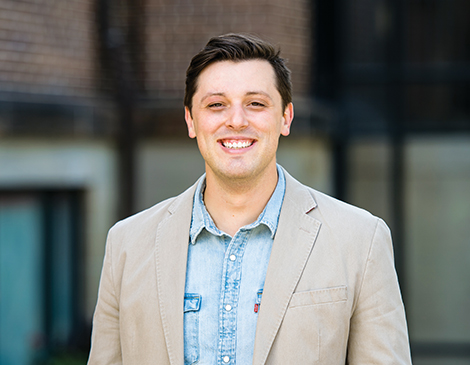"Write a dining review in the voice of Ernest Hemingway."
My heart sank as ChatGPT spit out stark prose describing a Parisian eatery. The restaurant was fake, but the copy was publishable.
The birth of generative AI has the reeling media industry bracing for another Internet-level disruption.
Some see opportunity, like the Washington Post, which used AI to expand its high school football coverage in D.C. Others see a death march, like when BuzzFeed replaced 12% of its staff.
Journalists aren’t alone. The World Economic Forum suggests that by 2025 AI could replace 85 million jobs.
Paul Roetzer, founder of Cleveland's Marketing AI Institute, preaches an approach to AI that focuses on making humans' lives better. But to understand AI's capabilities and make rules around it, we must embrace experimentation.
“I wouldn't send my daughter to a school that doesn't have a policy around AI,” says Roetzer. "She won't be ready for the real world."
At Cleveland Magazine, we do plan to put AI to use. In fact, AI-powered systems already transcribe our interviews and suggests the occasional headline.
But AI can't do everything. Journalism like this month's cover story by Annie Nickoloff — a beautiful, sprawling profile of East Palestine (page 32) — takes trust and human connection. That's why you won't see AI generated text or images in these pages any time soon — unless maybe in creative story about AI. We'll soon develop a policy to communicate how we plan to use AI. After all, our work is driven by a desire to build community, trust and a stronger Cleveland.
Get ahead of the weekend by signing up for our free weekly “In the CLE” newsletter — your guide to fun throughout The Land. Arriving in your inbox every Wednesday, this weekend to-do list fills you in on everything from concerts to museum exhibits — and more. Click here to subscribe.




